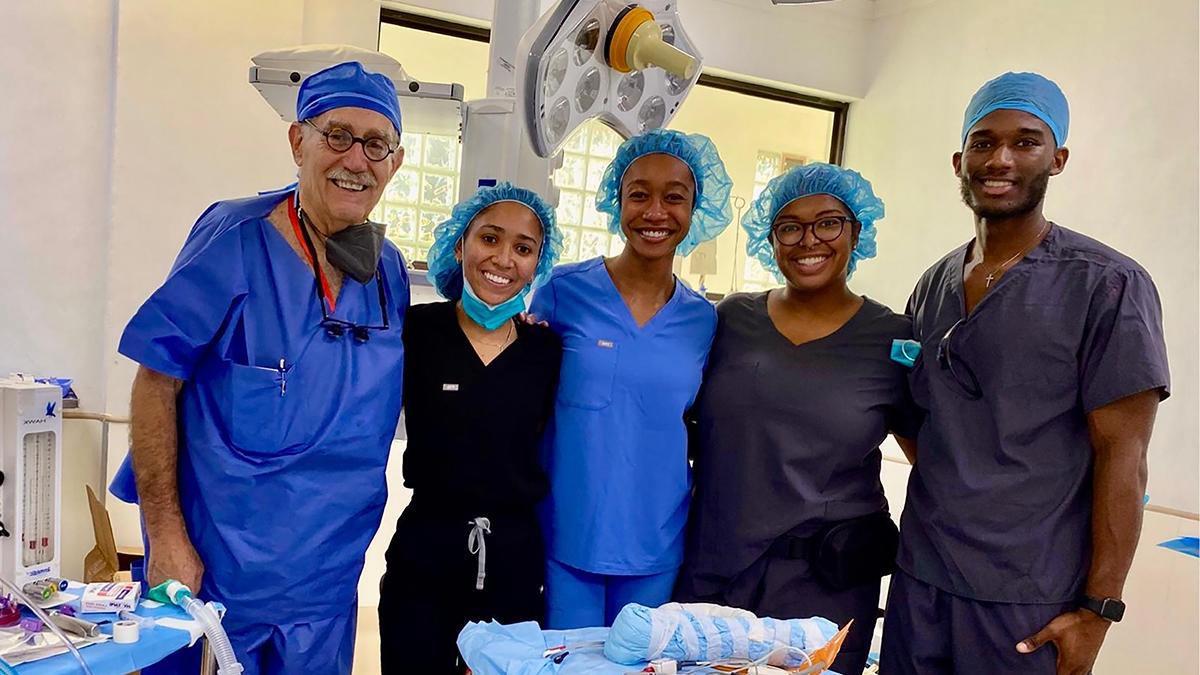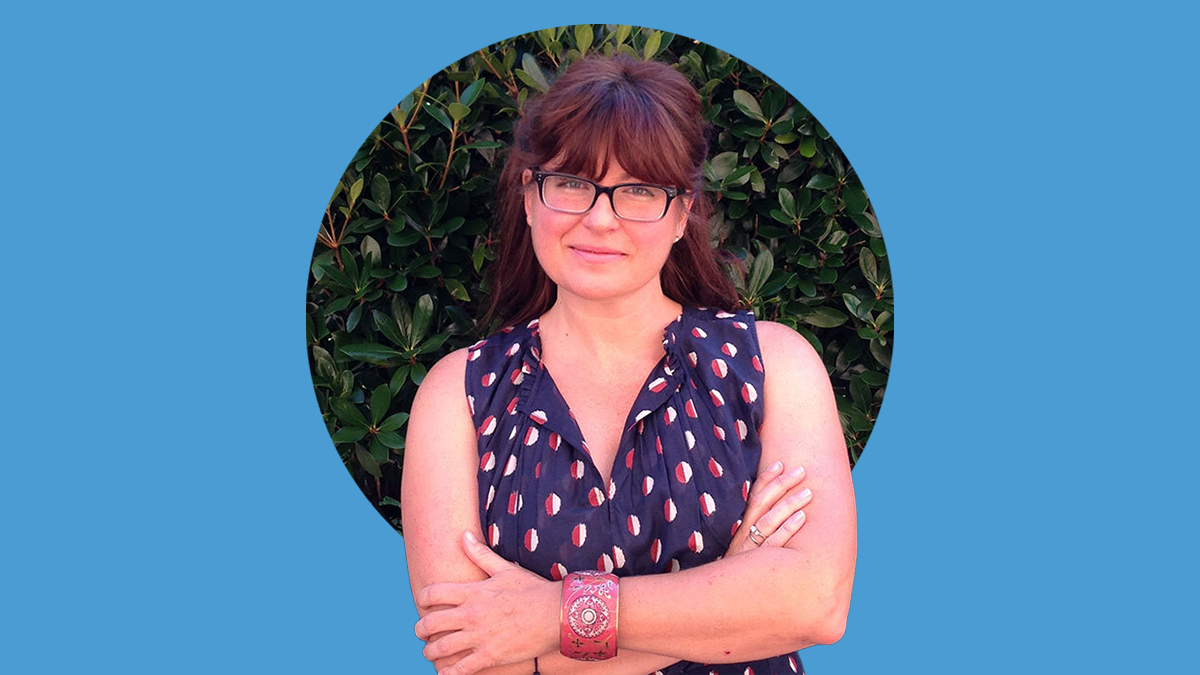Bruno Lab research extends from Galapagos to NC
Led by John Bruno, lab members study species unique to the archipelago but with relevance to the larger ecosystem.

The story of the Galapagos Islands, an archipelago so unique that it helped shape the foundations of modern biology, doesn’t end with its breathtaking landscapes and iconic wildlife. The research conducted there is making waves far beyond its shores.
UNC-Chapel Hill researchers Esteban Agudo, Isabel Silva, Savannah Ryburn and Salomé Jaramillo Gil spend several months a year in the Galapagos collecting marine life data. They are also members of the Bruno Lab, led by John F. Bruno, Chi Omega Distinguished Professor of Biology in the biology department in the UNC College of Arts and Sciences and the Galapagos Science Center.
Silva and her team conducted daily fishing trips from San Cristóbal Island, returning to the Galapagos Science Center at the end of each day, and went further afield on a five-day research excursion to collect fish fecal samples off Fernandina Island. Silva’s research focuses on understanding the critical role of ocean temperature in shaping the diets of various reef fish species, including parrotfish, which have unfortunately become scarce in many reefs today. These long-lived fish play a vital role in maintaining healthy ecosystems by grazing and regulating algae abundance.
Ryburn has pioneered a nonlethal method to study shark diets, specifically the juvenile scalloped hammerhead and blacktip. By analyzing the DNA collected from shark fecal matter, she can pinpoint exactly what species of fishes and crustaceans these sharks are eating. Using nonlethal swabs to collect fecal matter is a game-changer in the world of marine research, allowing scientists to study the diets of marine animals without harming them.
Jaramillo Gil is diving into the movements of the Galapagos’ most iconic predator: the scalloped hammerhead shark. Through a collaboration with GSC researcher Alex Hearn and his team, Jaramillo Gil is analyzing data collected from 24 sharks tagged in the Galapagos Marine Reserve. Using spatial and ecological modeling, she’s uncovering how environmental factors like sea surface temperature influence how sharks navigate their habitats. This research is crucial for understanding the factors driving sharks’ spatial behaviors and habitat preferences, particularly outside the marine reserve.

(L-R) Isabel Silva-Romero, Savannah Ryburn, Estaban Agudo and Salome Jaramillo in the Bruno lab. (Megan Mendenhall/UNC Research)
Agudo’s work combines empirical data collection and theoretical modeling to predict how warming oceans will impact marine organisms’ diets and feeding patterns. He specializes in cold-blooded species whose metabolism is directly tied to water temperature. As sea temperatures rise, their metabolism speeds up, and they need to eat more to sustain themselves.
However, Agudo’s research on the churo blanco, a species of large carnivorous snails, has revealed a troubling trend. While these snails traditionally eat more in colder months, they are eating far less as the water warms, contrary to what would be expected. This shift is a response to rising temperatures that have surpassed their tolerance levels. Instead of adjusting to the new conditions, the snails are slowing down, moving less and consuming less, which means they are not accumulating enough energy to reproduce. Agudo’s research sheds light on how temperature tolerance is not just a matter of survival but a critical factor in the future of marine ecosystems.

Silva and the team conducted daily fishing trips from San Cristóbal Island, bringing back samples to test. (Megan Mendenhall/UNC Research)
During their studies on campus, each of these exceptional researchers brings that wealth of information back to Chapel Hill to analyze, share and collaborate on new insights.
Jaramillo Gil says being on Carolina’s campus offers valuable perks, such as “access to an extensive library of academic literature and opportunities to exchange ideas with other researchers, gaining inspiration from their current projects.”
Whether they’re refining methods for DNA analysis, analyzing satellite data from shark tags or running ecological models, the Bruno Lab is where fieldwork meets advanced science — and the results are making a real impact on marine conservation.







